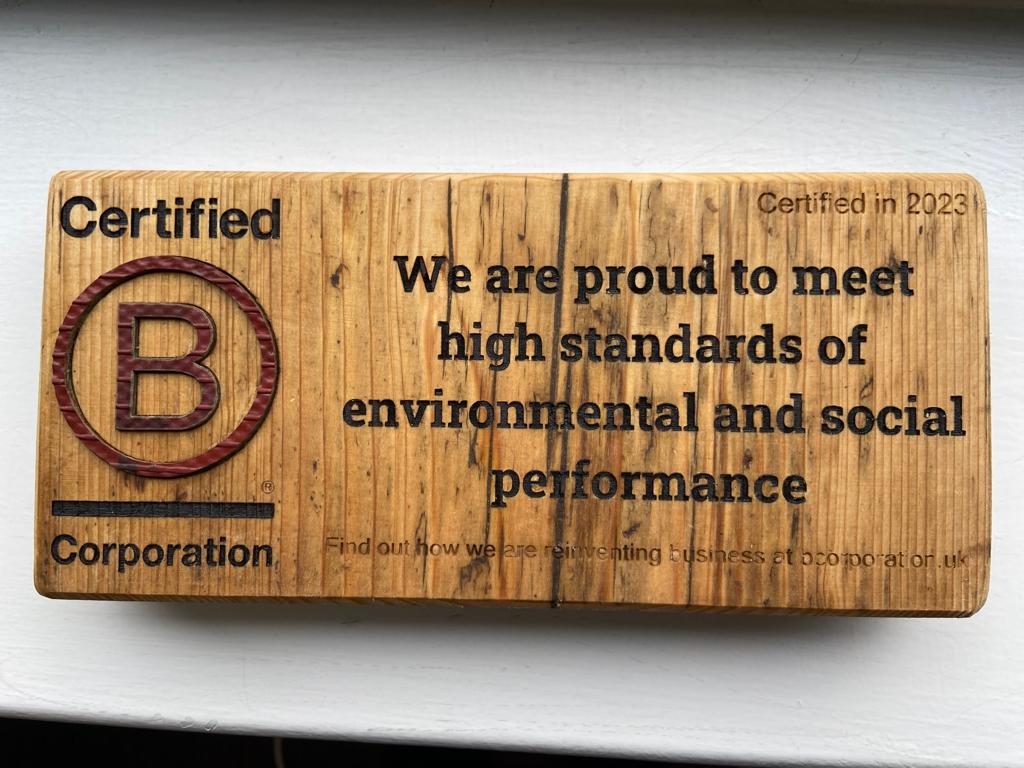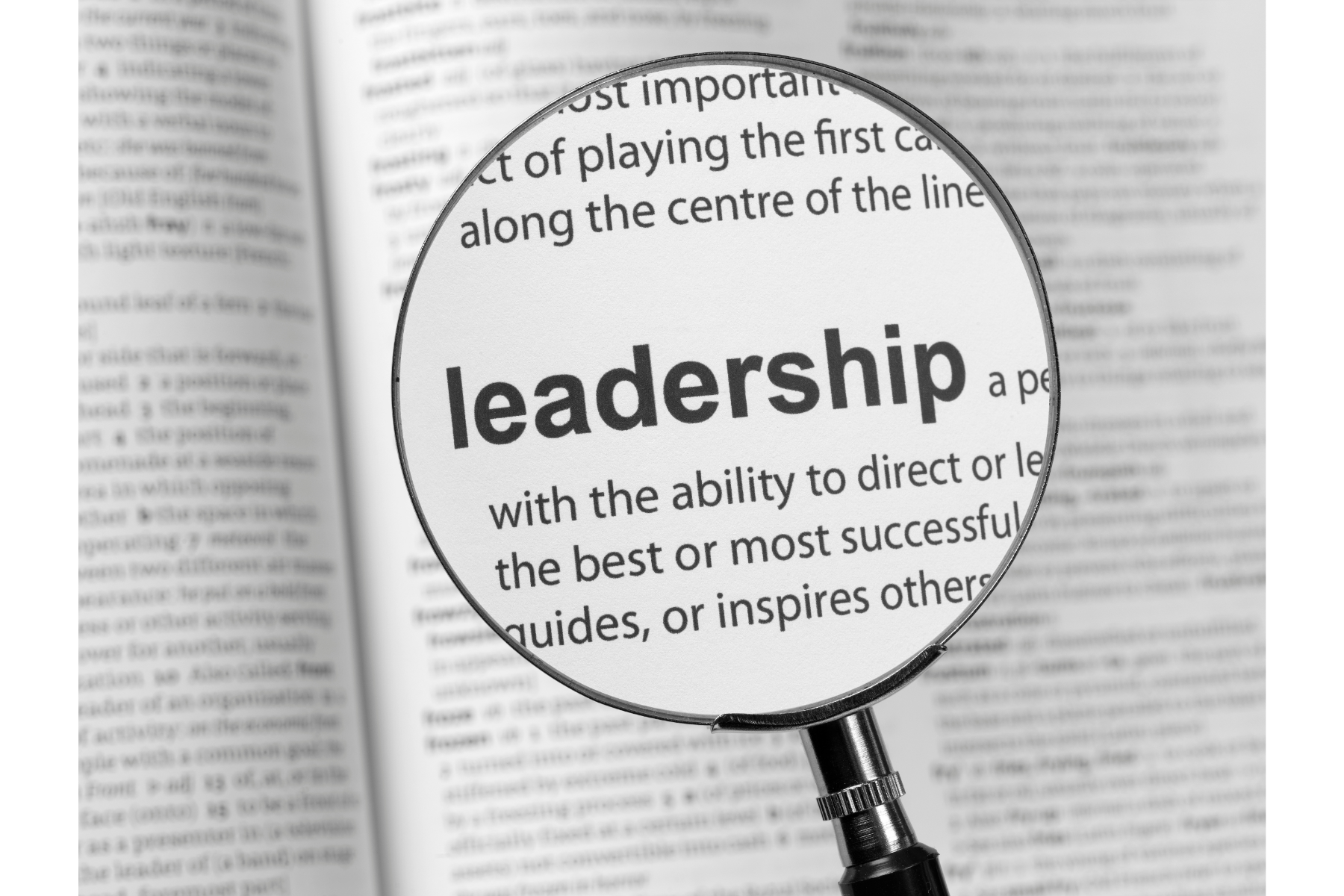When it comes to viewing your business from a ‘helicopter’ perspective, taking a world view may seem a little extreme. But that’s what Professor Steve Kempster, Professor of Leadership Learning and Development at Lancaster University Management School, is challenging business leaders to consider.
“Catastrophic droughts, rising sea levels, intolerable pressures on food production and water supply; these are all predicted to cause mass movements of populations. Migration from parts of the US, Mexico, India, the Middle East, Africa and China towards Northern Europe, Canada, Alaska, Siberia and even Antarctica are anticipated during the next few decades. These are some of the huge challenges that face humanity,” says Steve.
“The world is changing. It’s changing in ways so immense that individuals, or individual businesses, may feel powerless to impact. But the concept of ‘Good Dividends’ gives us a model for doing just that. It requires us to focus on what it means to be a ‘responsible’ leader. It is responsible leadership that leads to good dividends that benefit all our stakeholders, as well as owners or shareholders. Good dividends begins with the premise that profit is a ‘given’; it’s a business imperative. But here’s the thing. Profit is maximized by maximizing five other good dividends: people, operations, reputation, social innovation and one-planet communities (local and global).
“My question is, how might you re-frame your business model to take account of a changing world and realize all the good dividends?”
Steps in the process
The question is a big one, but here are three steps that may help you to begin the thought process.
1. What’s the purpose of your business – what’s its contribution to the world?
This is about the expertise and solutions that you bring to your customers, not just the specific products you make or sell. Try and sum it up in a sentence.
2. Take a look at the United Nation’s Sustainable Development Goals.
There are 17 goals that the UN set out in 2015 as a means of working towards the end of poverty, to protect the planet and ensure prosperity for all. Which of the 17 have synergy with your business’s area of expertise or capability? Now re-consider step one. How might the purpose of your business align with one, or more, of the Sustainable Development Goals (SDG)?
3. Think about how you might be able to increase one of the six good dividends. How can you engage with your employees to develop their sense of purpose in everyday work? How might you develop employee curiosity to pursue innovations in your business to increase the ‘social innovation dividend’ through designing products, services and systems that mutually enhance the business, enrich engagement with customers and are aligned to addressing the SDGs? Or perhaps you can increase the ‘operational dividend’ by using employee passion of purpose to design and implement systems to make the best use of resources while enhancing productivity, quality and service? How might you link social innovations and operational efficiencies and savings to advancing your business’s brand and reputation through your engagement with addressing the challenges that face our local and global ‘one planet’ communities?
“Leadership is the most influential mechanism on Earth to shape the social condition of people for good and for bad. Leaders of business and many other stakeholders – including governments – must partner together to deliver on their fiduciary duty to develop good dividends – for the business, for the community, and for the planet.
“Good dividends driven by leadership of purpose and responsibility might be a most tangible way of realising the great potential of business leaders to make a lasting difference, and a legacy to be proud of.
This article first appeared in the QuoLux™ business magazine, Leading, Issue 2
The QuoLux™ Blog brings leading insights to business leaders and managers, with models, tools and techniques that stimulate thinking and provide practical, actionable and valuable approaches. Topics include leadership, management, strategy, leading change, leading teams, employee engagement, Good Dividends and many more. Get articles like these and more when you subscribe.




